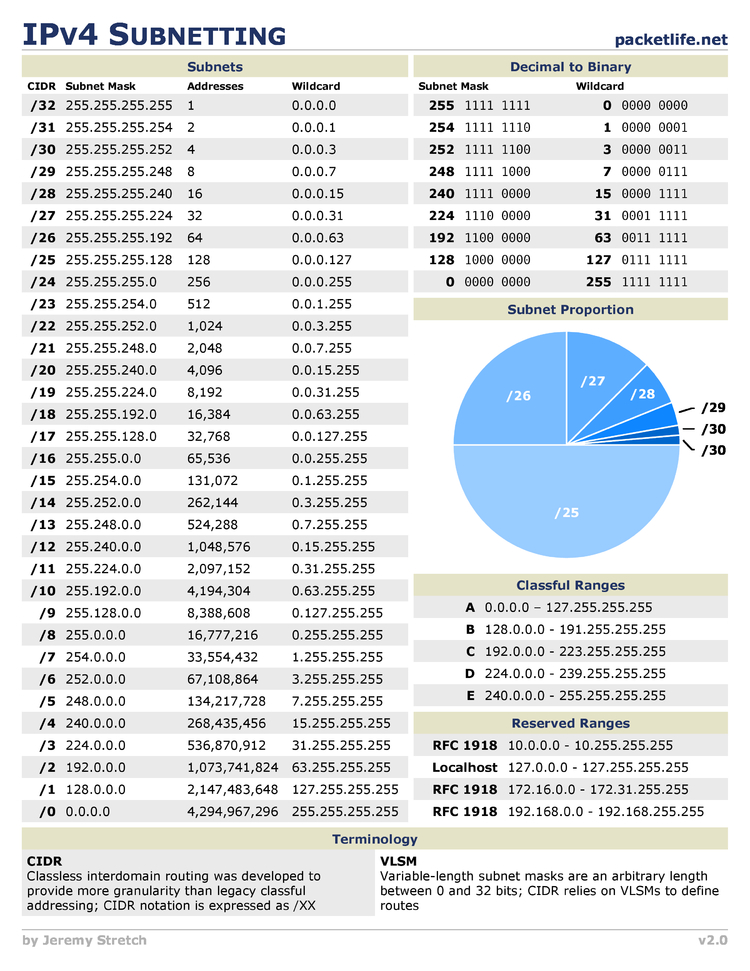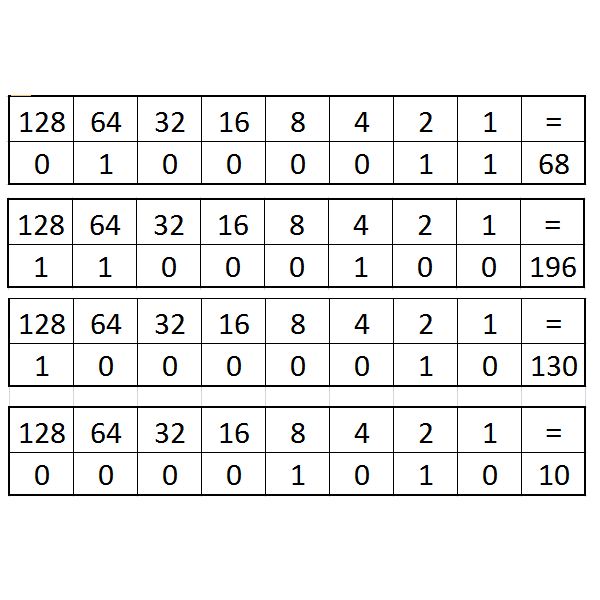


NAT made it possible to share one public IP address as a relay for hundreds or even thousands of private network devices in order to access the Internet. Note: Network Address Translation (NAT) which would be beyond the scope of this article was a major player as well to save the IPv4 space it is the thick Line between what is Called Public and Private IP Space. However, it was not so late in the early 90’s. I hope they had used the Subnet approach from the beginning it would have made distributing the IP Address space more efficiently. This division resulted in Subnet Masking which chopped the Classful IP Addresses for Sub Networks or for short subnets.ĭistributing the rest of the IP Space based on Subnets made the internet available to all countries and not only USA Public and private sectors. They must find a way to save whatever left from each Class, hence, they stopped releasing IP Addresses as Blocks of Classful Networks which use the default Masks method and they decided to divide the Classes further to what I called the “Second Division”.

Therefore, Subnet Masks were evolved to distribute the IP space more efficiently, hence smaller Blocks can be released to save the rest of the IP Space, which made it possible to have the Internet available to everyone at that time.Įverything seems to be good from year 1980 up to year 1990, however, the TCP/IP Engineers realized that IPv4 as they know it is getting consumed very quickly by public and private sectors. Using just default Masks would have made the IP Space consumed long time ago. So, in the the beginning of the 90’s, the default Netmask approach was not efficient due to releasing BIG Blocks of IP Addresses to the Public. Why I am repeating all this?īecause Class A, B, and C default Masks (255.0.0.0, 255.255.0.0, 255.255.255.0) respectively were not an efficient approach to identify Network bits. Besides, how the Engineers identified each Classful Network by setting for each Class what is called Network Mask or for short Netmask. Why Understanding Classless Subnet Mask is a key stone? In my previous articles, I mentioned about how it all started with One Big IP Space, then how the Engineers divided the IP space to Classes A, B, C, D, and E. Understanding Classless Subnetting Concept.Understanding Class C Network IP Addresses.Understanding Class B Network IP Addresses.Understanding Class A Network IP Addresses.


 0 kommentar(er)
0 kommentar(er)
